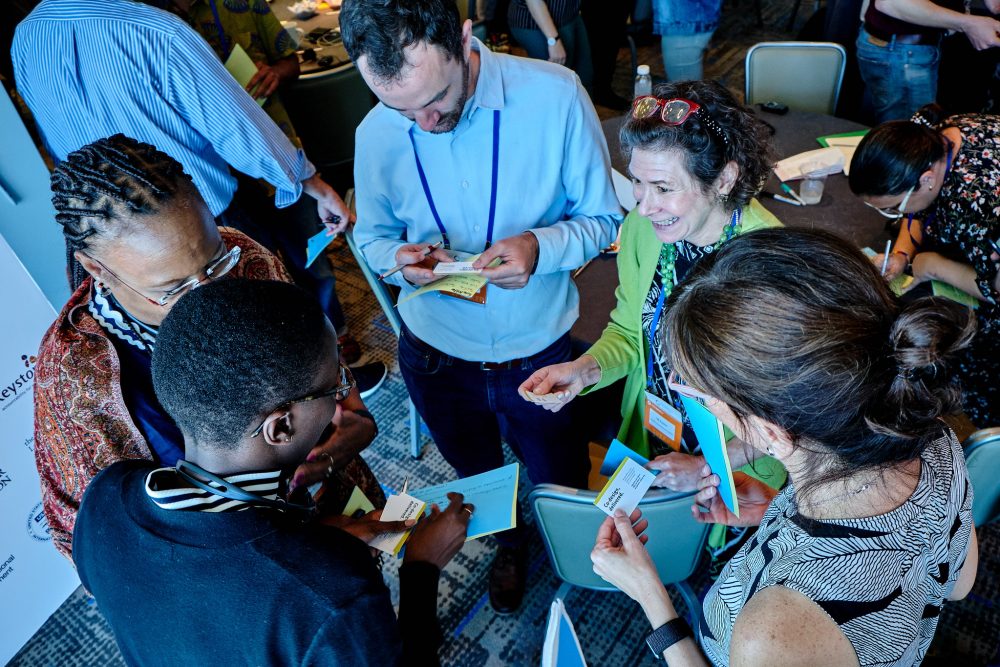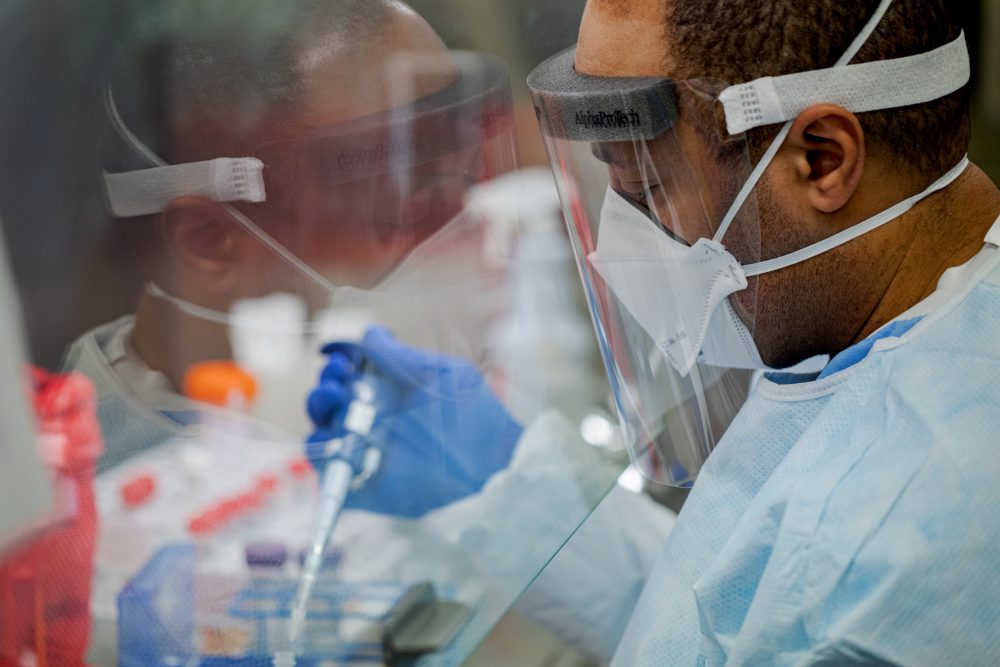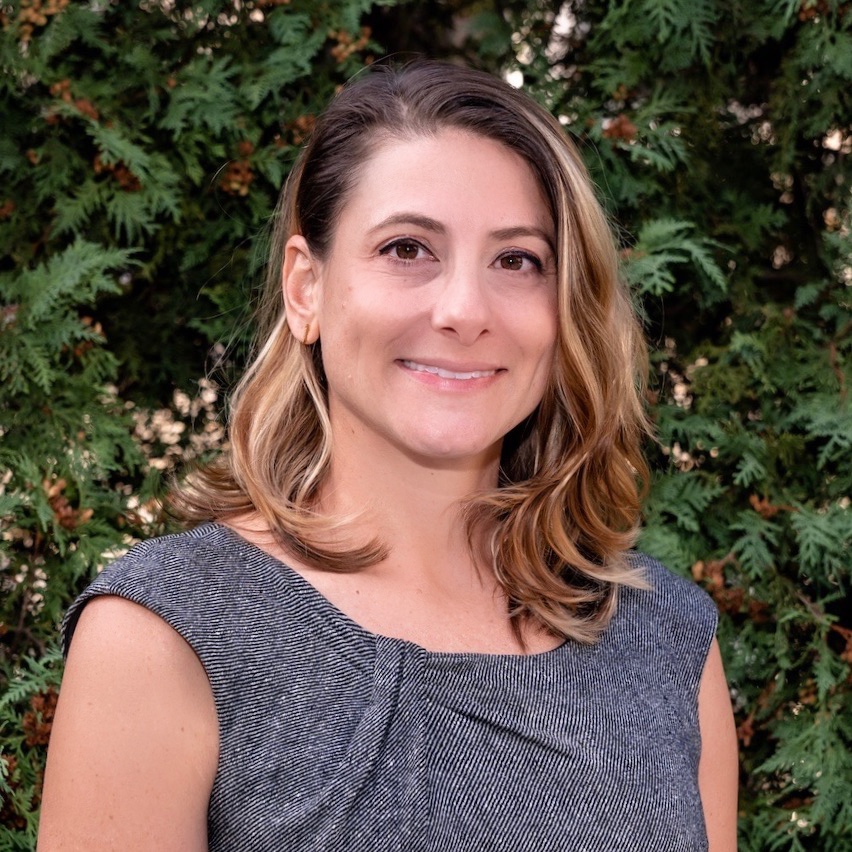Listening in Times of Disaster
In early 2020, as the Brooklyn Community Foundation followed reports about the rapid spread of coronavirus halfway around the world, they began to wonder – what would their response need to look like if COVID-19 reached Brooklyn? Although only a few cases had been identified in the U.S. at the time, they began to proactively reach […]

In early 2020, as the Brooklyn Community Foundation followed reports about the rapid spread of coronavirus halfway around the world, they began to wonder – what would their response need to look like if COVID-19 reached Brooklyn? Although only a few cases had been identified in the U.S. at the time, they began to proactively reach out to trusted community partners for ideas. The Foundation had never dealt with a global pandemic in their backyard before and they knew they needed to listen to groups working with the people who would be most affected by such a crisis.
They reached out to local groups serving elders, immigrants and domestic workers to understand how a health crisis would affect them and to learn what the Foundation could do to help. By listening early and proactively, they were able to identify what pandemic needs would be before other foundations reacted. Because they listened, the Brooklyn Community Foundation was able to initiate rapid responses even before the stay-at-home orders were in place across the borough.
As funders struggle to figure out the best way to respond to COVID-19, listening must become our new obsession. While there are actions we know we must take in the immediate aftermath of a disaster – search and rescue after an earthquake or supplying medical equipment during a pandemic, for example – relief and recovery can look completely different for different communities in different contexts for each disaster. Listening to affected communities and letting that listening guide your actions is key to a successful response, especially if you are funding in a new location, context or disaster setting.
In the last few weeks, more than 750 funders have signed the COVID-19 Pledge, committing to “listening to our partners and especially to those communities least heard, lifting up their voices and experiences to inform public discourse and our own decision-making so we can act on their feedback.” The question for many funders now is how to best listen to those most affected in order to prioritize needs and funding. Those with an existing feedback practice can lean on existing relationships, but if listening is new to your organization, here are some tips to get started during COVID-19:
1. Trust your grantees to listen to those they serve … and know when you need to listen more broadly.
In the early stages of a crisis, support your current grantees and provide unrestricted funding that will allow them to adapt quickly to the needs they’re seeing and hearing on the ground. At the same time, start to listen to affected communities as a whole. You will likely find that your current grantees are not addressing all the challenges that become obvious after a specific crisis. Using feedback to understand the highest priority needs — and which local organizations are best addressing those needs — can help ensure your funding is having the biggest impact possible on the most vulnerable.
2. Listen with an intent to act.
Listening to those you serve is only useful if you approach that listening in a way that affects who and what you fund. As we face new challenges, we must have our ears open to great new ideas — especially those coming from people closest to the issues we’re trying to solve. This doesn’t mean that you must change your work in response to every comment you hear, but it does mean you should be willing to adapt your work to fund new projects or organizations that are identified in your conversations. For the most fruitful discussions, start by being clear about what you can offer; adapt questions and collection methods to focus on the immediate needs of those you are trying to serve.
3. Build trust through two-way conversations.
A true feedback relationship requires trust. This means the process of feedback collection should be a conversation, not simply a process to extract information. Be respectful of people’s time. Ask for feedback in the way that is easiest for people to answer, whether that is by phone, online survey, WhatsApp, text survey or something else completely. And close the loop by telling people how you are responding to their feedback. Whether you are able to immediately address every piece of feedback expressed or not, communicating about what you can do (and why you might not be able to do other things) builds trust and lets constituents know you value their time and input.
Listening to their community, and using that feedback to shape their funding strategy, was critical to the Brooklyn Community Foundation’s ability to quickly adapt and prioritize needs. For more examples and details on shaping your COVID-19 funding strategy through listening, additional advice from the Fund for Shared Insight, tips from the Center for Effective Philanthropy, and Feedback Labs’ ‘Listening During COVID-19: A Framework for Funders’ can further help you develop high-quality listening practices.
More like this

For equitable recovery from COVID-19, we can’t leave LGBTQ+ people behind

